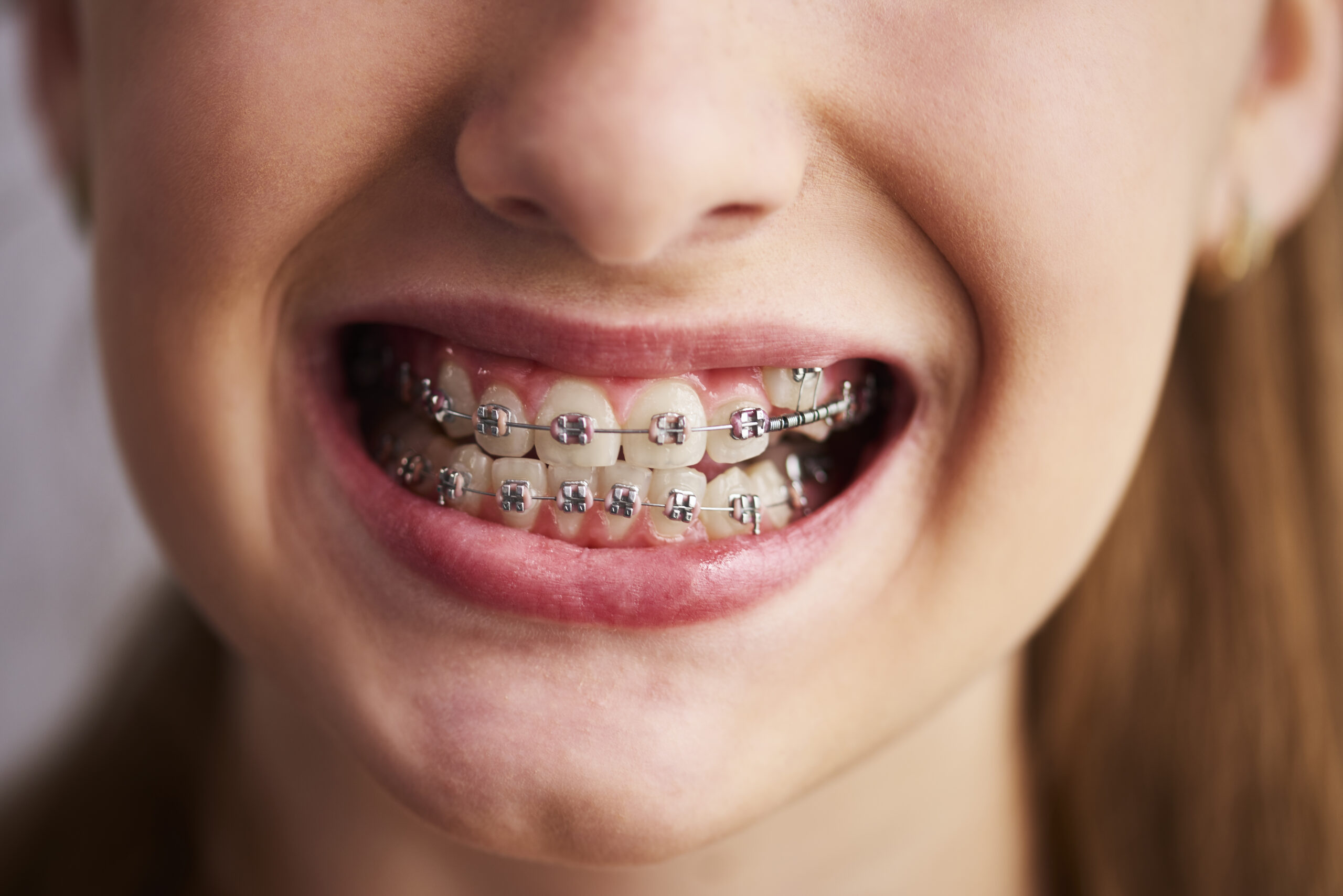Let’s be honest, when you’re contemplating braces, the question “How long will I have to wear these?” is likely top of mind. It’s a common concern. Nobody wants to feel like they’re signing up for a lifetime of metal mouth. The good news is that orthodontic treatment is often faster than people anticipate, and the result – a confident, healthy smile – is undeniably worth the wait. But let’s delve into the specifics and understand the factors that influence the duration of your journey to straighter teeth.
Factors Influencing Braces Treatment Time
Imagine your teeth as a garden in need of landscaping. Some gardens may require minor weeding and rearranging, while others demand a complete overhaul with new pathways and retaining walls. Similarly, the complexity of your orthodontic issues plays a significant role in determining your treatment timeline.
- Severity of Malocclusion
- Mild Crowding: Think of slightly crooked teeth like a flowerbed with a few weeds. Nudging these teeth into alignment generally takes less time.
- Complex Bite Issues: Conditions like overbites, underbites, crossbites, or open bites resemble a jungle. Correcting significant jaw misalignment and achieving proper bite function requires more intricate “landscaping” and often a longer treatment time.
- Age
- Growing Smiles: Children and teenagers have a secret weapon: growth! Their jaws are still developing, which allows orthodontists to harness this growth to guide teeth more efficiently. It’s like having fertile soil that readily adapts to changes.
- Mature Smiles: Adults may experience slightly slower tooth movement when their growth phase is complete. Think of it like working with more established, less malleable ground. However, successful treatment is still very achievable.
- Compliance
- The Diligent Gardener: Imagine neglecting to water your garden or allowing weeds to run rampant—it’ll take longer to get things back in shape. Similarly, following your orthodontist’s instructions meticulously, maintaining excellent oral hygiene, and attending all appointments are vital for staying on track and potentially even shortening your treatment time.
- Elastics and Retainers: Wearing elastics (rubber bands) or headgear as prescribed is like providing support and guidance to your “smile garden.” These appliances help correct bite issues and ensure proper alignment.
- Type of Braces
- Traditional Metal Braces: The workhorses of orthodontics, are often the most efficient for complex cases.
- Ceramic Braces: These offer a more discreet aesthetic, blending in with your teeth.
- Lingual Braces: Hidden behind the teeth, they’re virtually invisible.
- Invisalign: Clear aligners offer a removable and less noticeable option.
- Treatment Time Variations: While the type of braces might influence treatment duration slightly, the primary factor remains the complexity of your orthodontic needs.
- Individual Variation
- Biological Factors: Just as no two gardens are exactly alike, every individual’s teeth respond differently to treatment. Factors like genetics, bone density, and overall health can influence the rate of tooth movement.
How Long Do Braces Take? Average Treatment Time Ranges
While there’s no magic number, most people wear braces for 12 to 36 months. Consider this the typical growing season for your smile! However, remember that this is an average, and individual cases can vary.
- Minor Corrections
- If you have mild crowding or spacing issues, you might complete treatment on the shorter end of the spectrum, perhaps within a year or so.
- Major Realignment
- For complex cases involving significant bite problems or jaw discrepancies, treatment may extend beyond two years.
- Phase 1 Treatment (Early Intervention)
- Some children benefit from early intervention (Phase 1 treatment) to address issues like crowding, jaw growth discrepancies, or harmful habits (e.g., thumb sucking). This early intervention helps guide the growth of the jaws and creates space for permanent teeth to erupt properly.
Tips to Potentially Speed Up Your Braces Treatment
While your orthodontist is the expert guiding your smile transformation, you can play an active role in keeping treatment on track and potentially even shortening the timeline.
- Maintain Excellent Oral Hygiene
- Brush and Floss Diligently: Your teeth and gums need meticulous cleaning. Brush and floss after every meal to remove food particles and plaque, promoting healthy gums and efficient tooth movement.
- Avoid Sugary and Sticky Foods: These can fuel bacteria and lead to cavities, potentially hindering treatment progress.
- Follow Your Orthodontist’s Instructions
- Wear Elastics and Headgear as Prescribed: These appliances play a crucial role in correcting bite issues and guiding jaw alignment. Think of them as supports and trellises that help your “plants” grow in the right direction.
- Avoid Hard, Crunchy, or Sticky Foods: These can damage your braces or bend wires, potentially delaying treatment. Stick to softer foods and cut hard items into smaller pieces.
- Attend All Your Appointments
- Keeping your scheduled appointments allows your orthodontist to monitor your progress, make necessary adjustments, and address any concerns promptly. Skipping appointments can disrupt the treatment flow and hinder progress.
How to Maintain Your Teeth After Braces
Once your braces come off, the journey continues with retainers. Think of retainers as the fences or trellises that keep your “plants” in their new, perfectly aligned positions. Without them, your teeth may gradually shift back towards their original positions.
- Retention is Key: Your orthodontist will prescribe retainers and provide instructions on how often to wear them. Initially, you’ll likely wear them full-time, gradually reducing wear to nights only.
- A Lifetime of Smiles: While retainers may seem like a nuisance at first, they’re a small price to pay for a lifetime of straight teeth and a confident smile.
Bottomline
It’s easy to focus solely on the timeline of braces treatment, but it’s important to remember the broader benefits. Orthodontic treatment is an investment in your oral health, overall well-being, and self-confidence.
- A Healthy, Happy Smile: Straight teeth aren’t just about aesthetics. They contribute to better oral hygiene by making it easier to clean your teeth effectively, reducing the risk of gum disease and tooth decay.
- Confidence Boost: A beautiful smile can do wonders for your self-esteem and confidence. It can positively impact your social interactions, personal relationships, and even your professional life.
- Patience is a Virtue: Orthodontic treatment requires patience, but the rewards are significant. Focus on the end goal—a healthy, radiant smile that will last a lifetime.
If you’re considering braces, the best way to get a personalised estimate of your treatment time is to schedule a consultation with an orthodontist. They’ll assess your specific needs, discuss your treatment options, and develop a tailored plan to help you achieve the smile of your dreams. Remember, the journey to a straighter smile is a collaboration between you and your orthodontist. By working together and following their guidance, you’ll be well on your way to achieving the confident, healthy smile you deserve.
Contact our experts at Waldron Dental to find out more.













